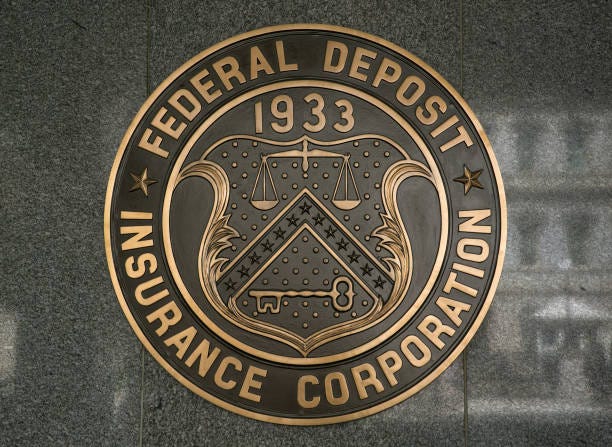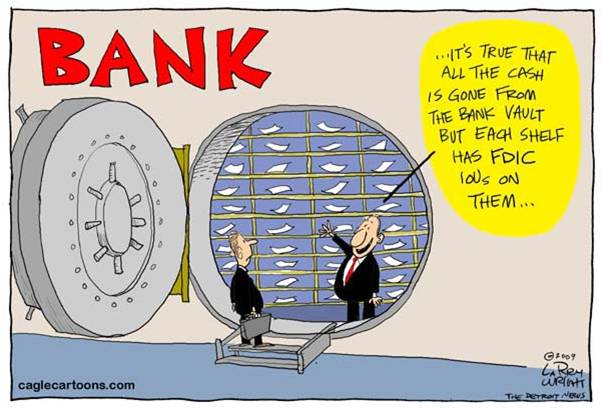
In the event of a bank failure, the FDIC will step in to protect depositors by insuring their deposits up to the limit.
The Federal Deposit Insurance Corporation (FDIC) was created in 1933 to protect depositors in case of bank failures. The FDIC is an independent U.S. government agency that provides deposit insurance to protect depositors in case of bank failures. If your bank fails, the FDIC insures your deposit up to a certain limit, which currently stands at $250,000 per depositor, per account ownership category, at each FDIC-insured bank.
The FDIC limit is important because it provides depositors with peace of mind that their money is safe, even if their bank fails. In the event of a bank failure, the FDIC will step in to protect depositors by insuring their deposits up to the limit. This means that if you have less than $250,000 in your bank account, you are fully protected by the FDIC.
It is important to note that the FDIC limit is per depositor, per account ownership category. This means that if you have more than $250,000 in a single account, you may not be fully protected by the FDIC. If you have a joint account, the FDIC will insure up to $250,000 per depositor, per account ownership category, at each FDIC-insured bank. This means that if you have a joint account with your spouse, for example, and the account has less than $500,000 in it, the entire amount would be fully insured by the FDIC. It is important to spread your funds across different account ownership categories, such as individual accounts, joint accounts, and trust accounts.
The FDIC insures deposits in several types of accounts, including checking accounts, savings accounts, money market accounts, and certificates of deposit (CDs). The FDIC does not insure other types of financial products, such as stocks, bonds, mutual funds, or annuities.
It is also important to note that not all banks are FDIC-insured. Before opening an account with a bank, make sure to check whether it is FDIC-insured. You can do this by looking for the FDIC logo on the bank’s website or by checking the FDIC’s online database of FDIC-insured institutions.

In conclusion, to ensure your money is FDIC-insured, diversify your cash into different FDIC-insured accounts. This is a smart way to protect all of your money while ensuring it is fully covered. Here are some ways you can diversify:
- Open accounts with multiple banks: One way to diversify your cash is to open accounts with different banks. By doing so, you can spread your cash across different FDIC-insured banks and ensure that each account is fully covered by the FDIC limit.
- Use different account ownership categories: Another way to diversify your cash is to use different account ownership categories. For example, you can open individual accounts, joint accounts, and trust accounts and spread your cash across each of these account types. This way, you can ensure that each account is fully covered by the FDIC limit.
- Use brokered CDs: Brokered CDs are certificates of deposit that are purchased through a brokerage firm. By using brokered CDs, you can diversify your cash across different FDIC-insured banks while still earning a higher rate of interest than a traditional savings account. However, it’s important to note that brokered CDs may come with additional fees and restrictions.
- Use a deposit sweep program: Some banks offer deposit sweep programs that automatically move your cash into different FDIC-insured accounts to ensure that each account is fully covered by the FDIC limit. This can be a convenient way to diversify your cash without having to manually move it around.
Disclaimer: The information provided above is not meant to
be legal or tax advise. You should consult your CPA and attorney to
determine the best course of action for your situation.
Mitzi E. Sullivan, CPA is a cloud based professional services provider
specializing in cloud accounting.